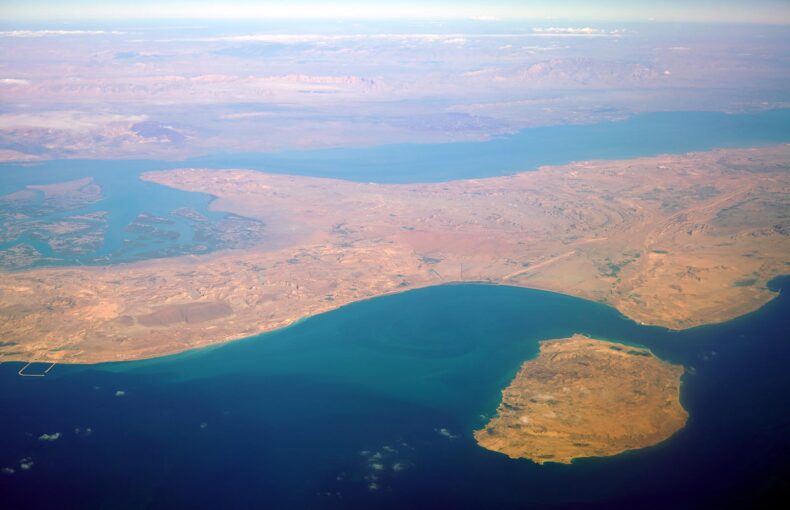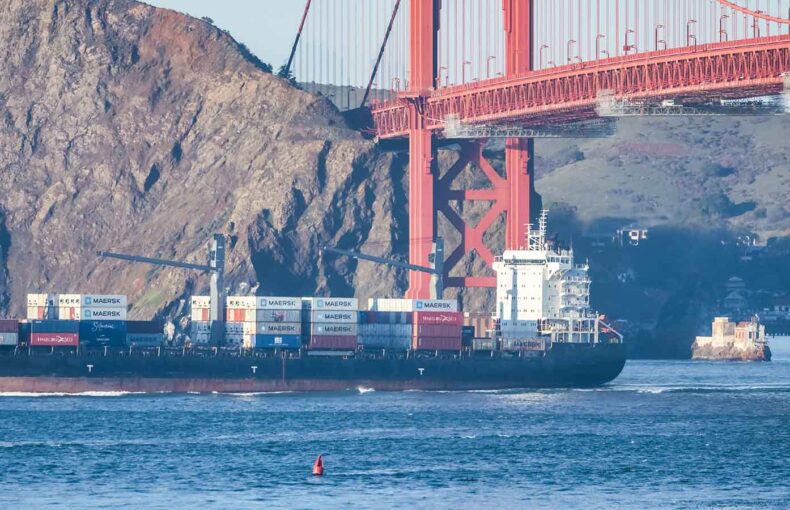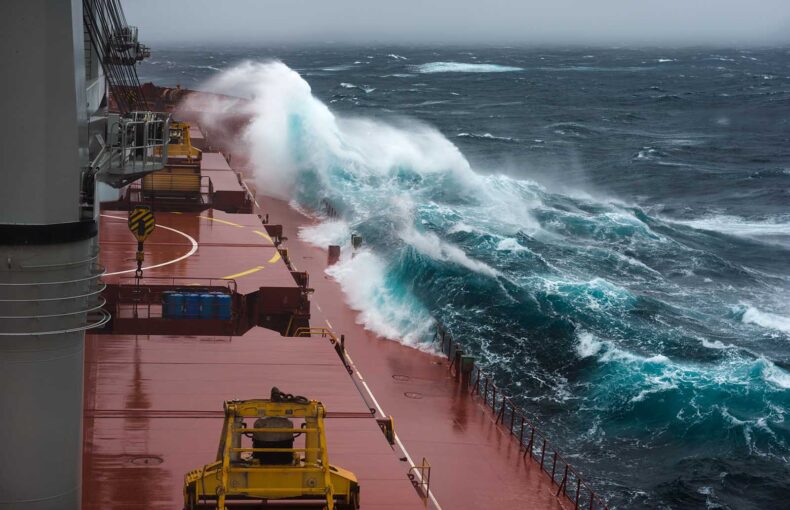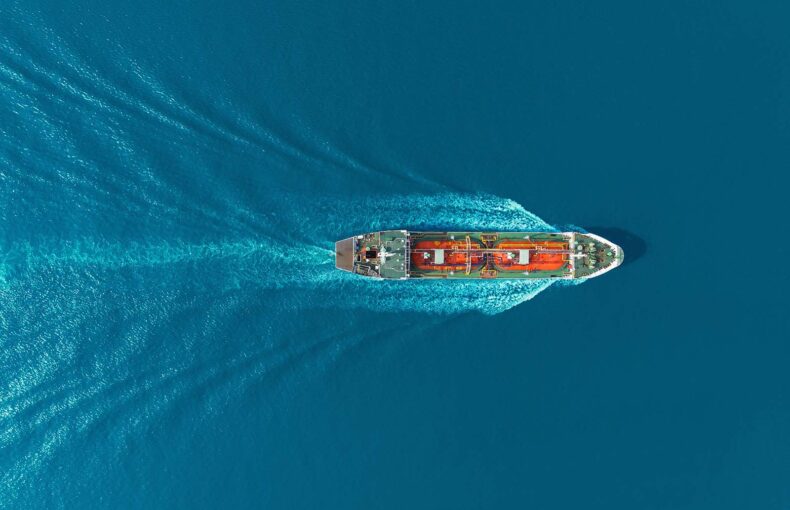Using AIS Data to validate stolen grain sales
Evidence of illegal grain shipments and sales continues to mount.
Evidence of illegal grain shipments and sales continues to mount.
Evidence of illegal grain shipments and sales continues to mount.
Financial Times reporters Chris Cook and Polina Ivanova, with the assistance of the Bosphorus Observer, recently followed a single shipment of grain carried by a Syrian-flagged ship, the Pawell.
We just published a piece on how Russia rebadges grain looted from Ukraine. We tracked a single shipment carried by a ship called the Pawell, which shows how up the vast Russian smuggling machine around a small port called Port Kavkaz works. (1/7): https://t.co/H29nlHtIzJ
— Chris Cook (@xtophercook) October 30, 2022
Where there’s smoke…
Ukrainian farmers and grain warehouse managers tell of crops stolen by the Russia; specifically, the State Grain Operator, an entity specifically created by the Russian government to move grain from Ukraine to port, and then arrange for its sale abroad. One Russian businessman insisted that his grain didn’t come from a sanctioned port, but satellite data disputed his claim.
The @planet photos in this case aren’t their hi-spec ones — but we know the resolution of the photo so we can work out the range in which length/width of boat in the photo falls. We asked @spireglobal: what ships meeting that description have been spotted near there lately? (3/7)
— Chris Cook (@xtophercook) October 30, 2022
Despite the ever-present threat of sanctions, discovery and pursuit of ships by Ukraine, vessels continue to transport illegal goods through the Black Sea. Syrian-flagged ships are often seen being loaded at sanctioned ports before heading directly to Syria.
That left us two ships. One was the Nadezhda, which could have made it to Berdyansk. It turns up alongside our candidate ship, the Pawell, on 15 August just a few days later. Definitely a possibility. (5/7) pic.twitter.com/XO8b3Cr7Le
— Chris Cook (@xtophercook) October 30, 2022
There’s fire
The Financial Times corroborated this suspicious shipping activity using paperwork, satellite data, transponder signals, eyewitnesses, and interviews with traders and smugglers.
Through a process of elimination supported by Spire data, two ships that could have traveled to the Russian-occupied Ukrainian port of Berdyansk were identified, one at a grain terminal. These were then narrowed down to a single vessel, as the other was involved in smuggling from a different occupied port.
In short, thanks to @SpireGlobal’s clever database, we were able to narrow down the @planet photo to two possible ships. And then eliminate one of them because it was actually busy engaging in smuggling from *another* occupied port. (7/7)
— Chris Cook (@xtophercook) October 30, 2022
Benjamin Franklin said: “Instead of cursing the darkness, light a candle.” In the case of tracking dark vessels, satellite data is that candle.
 Written by
Written by


